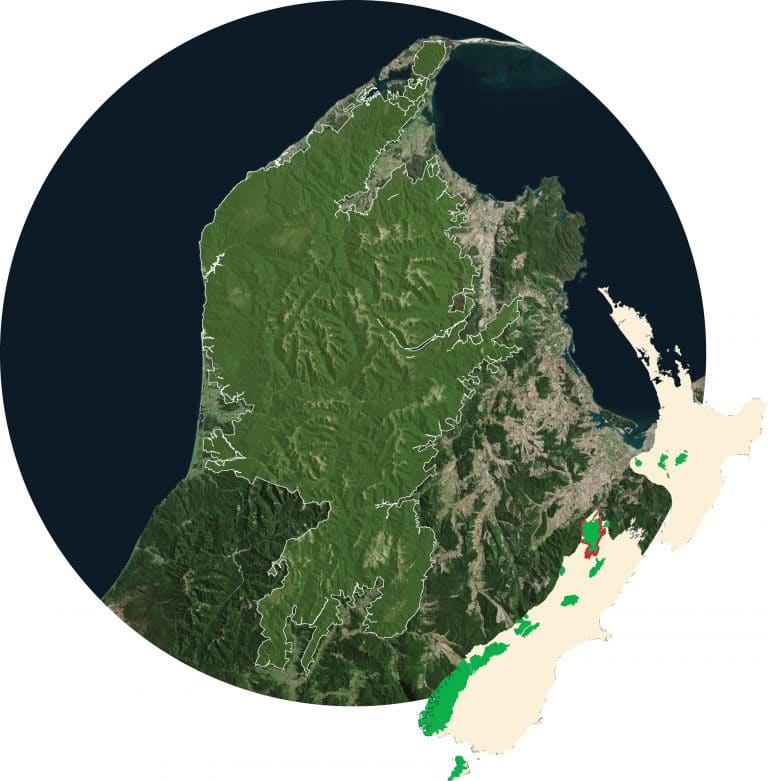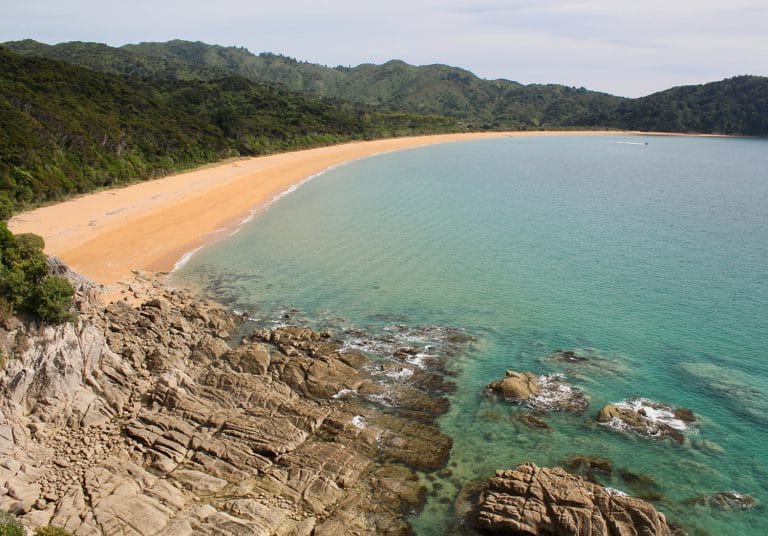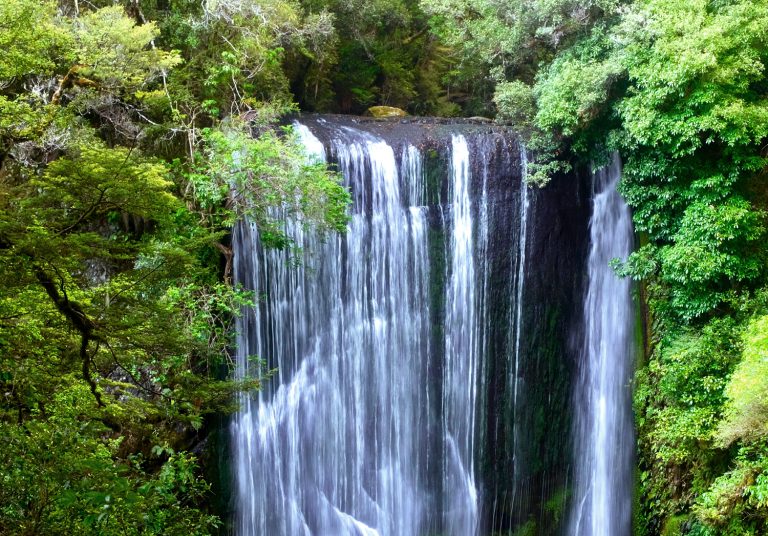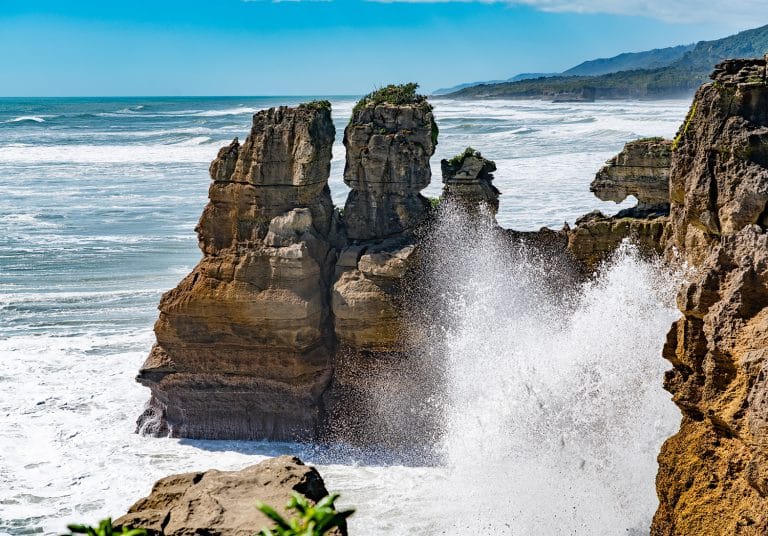Abel Tasman National Park contains rock pools, estuaries, outcrops, offshore islands, and golden sand beaches that rival the tropics. It is a national park defined by its coast. Abel Tasman National Park was established in 1942…
Outdoor Clubs and Conservation Groups
In the 1990s outdoor clubs and conservation groups drove the development of Kahurangi National Park so this large region of conservation land would be fully protected for its ecological values while also remaining available for recreation. Since its origin the park has been significantly expanded, incorporating more of the surrounding area within the park boundary.
Image © Julian Apse, Tourism New Zealand




